Back to Courses
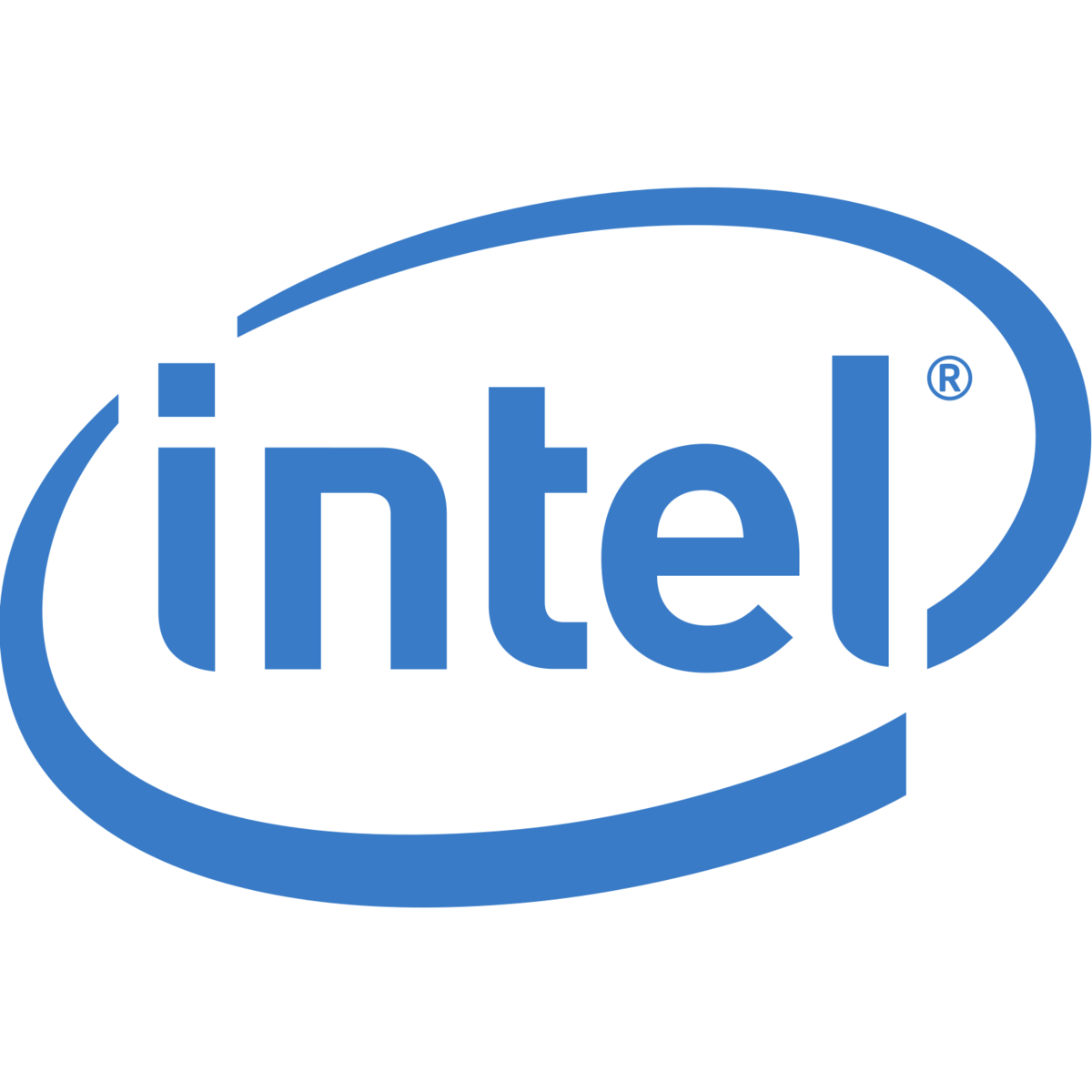


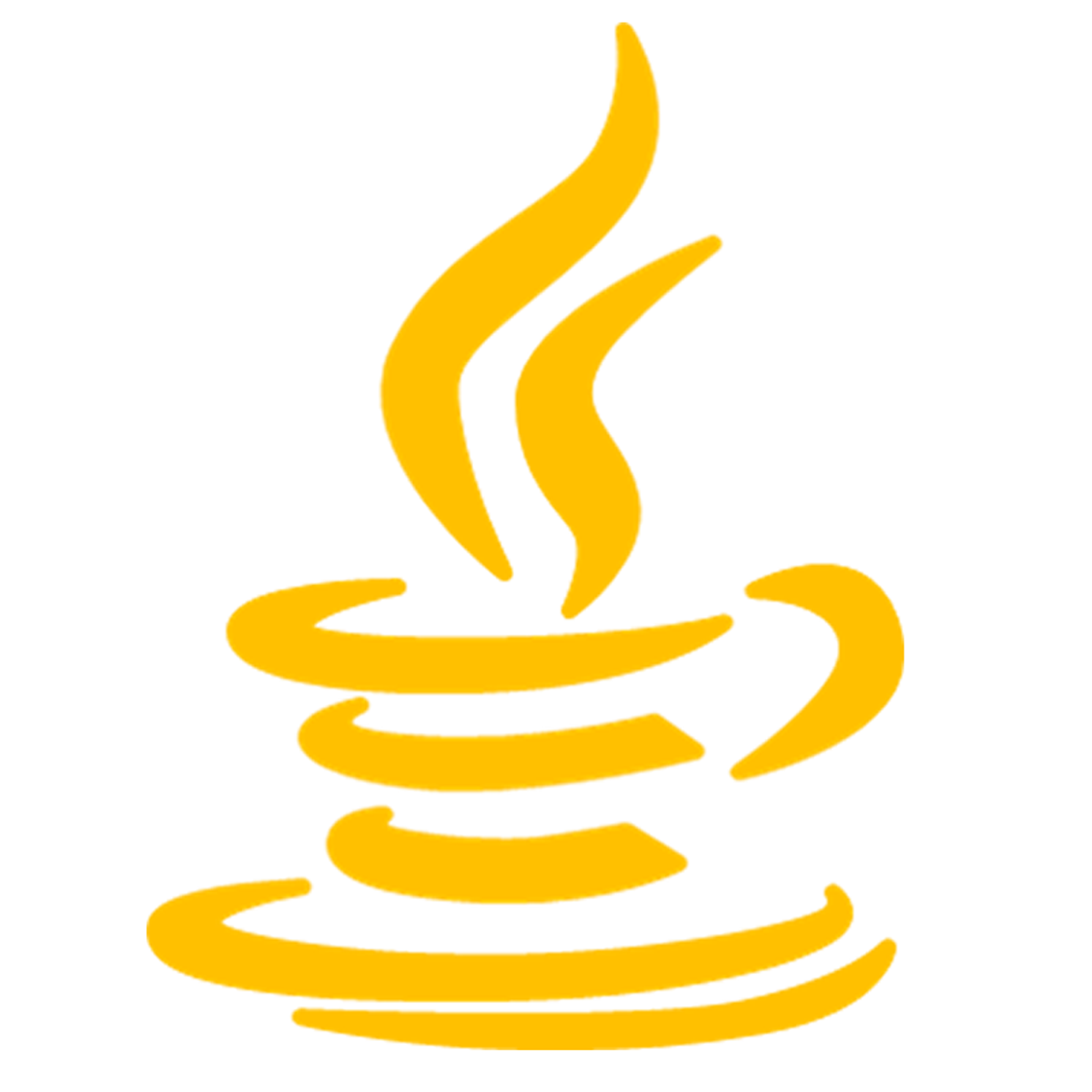
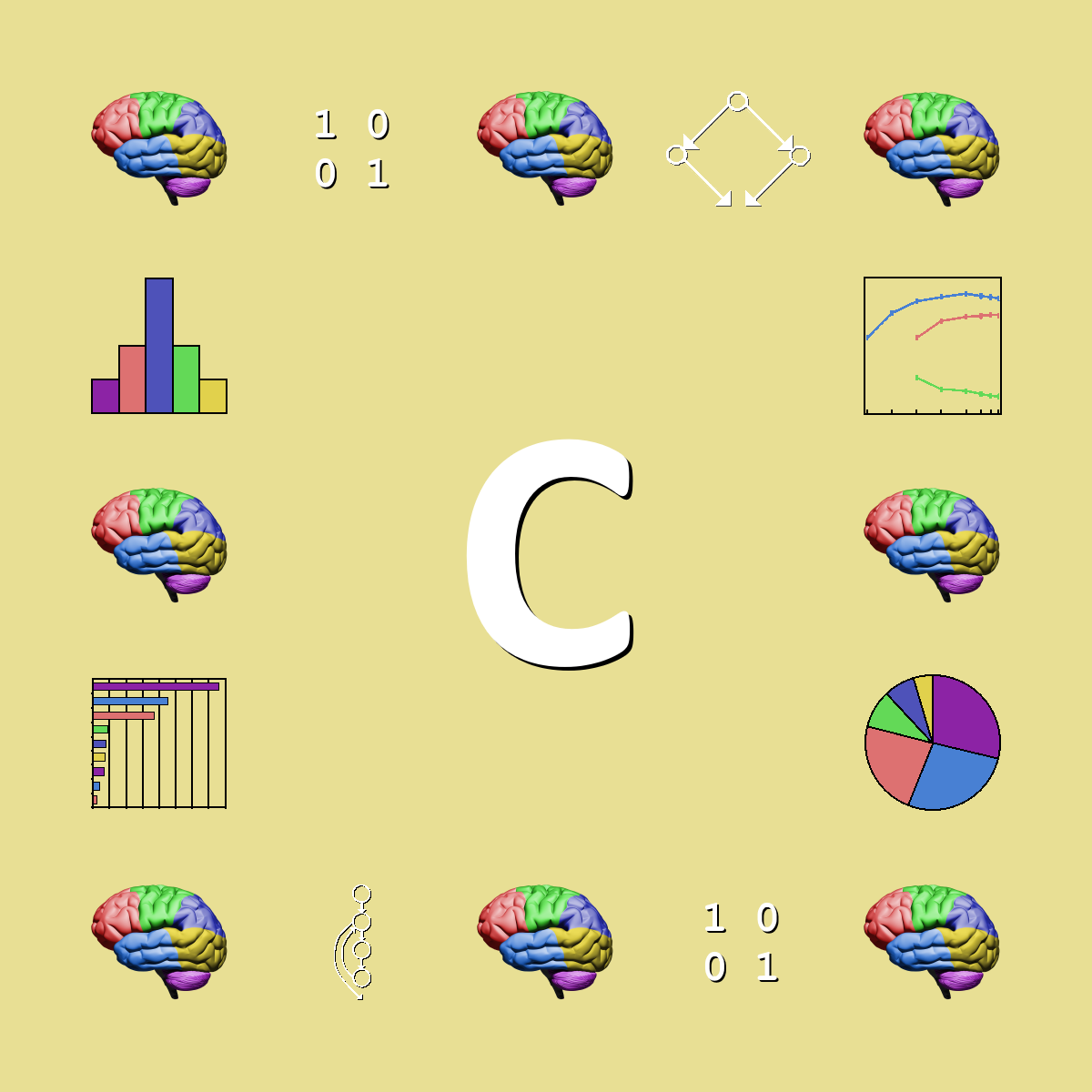
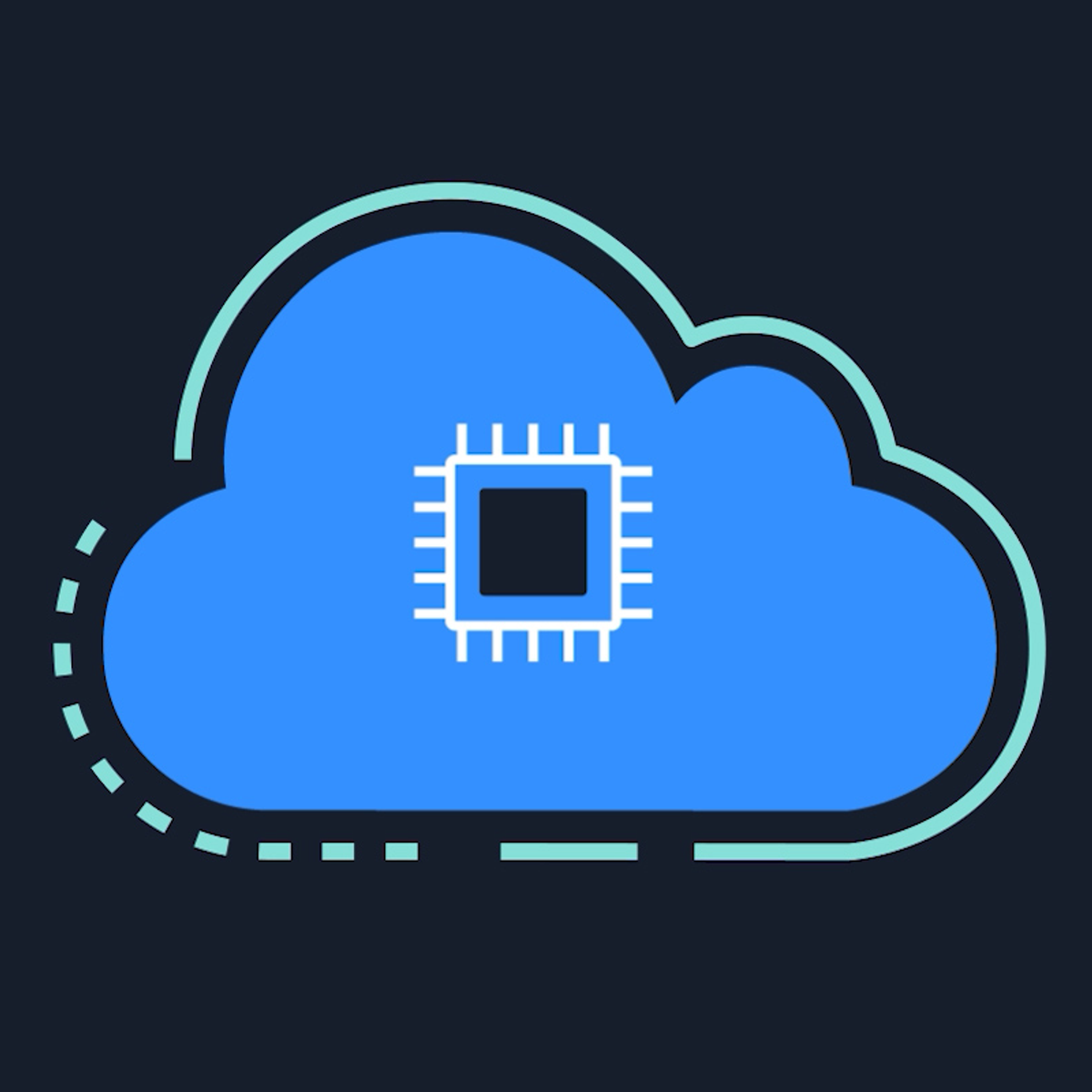

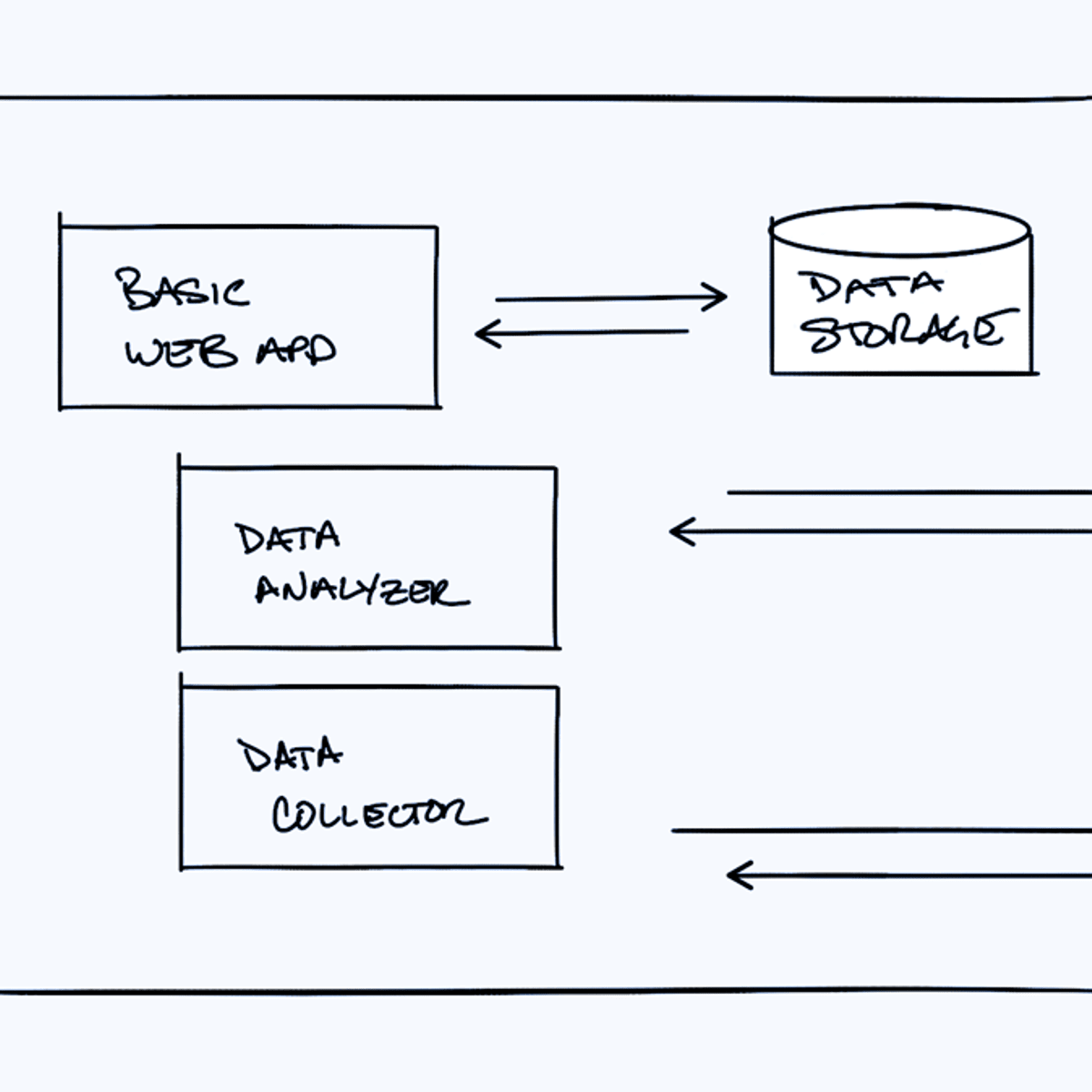
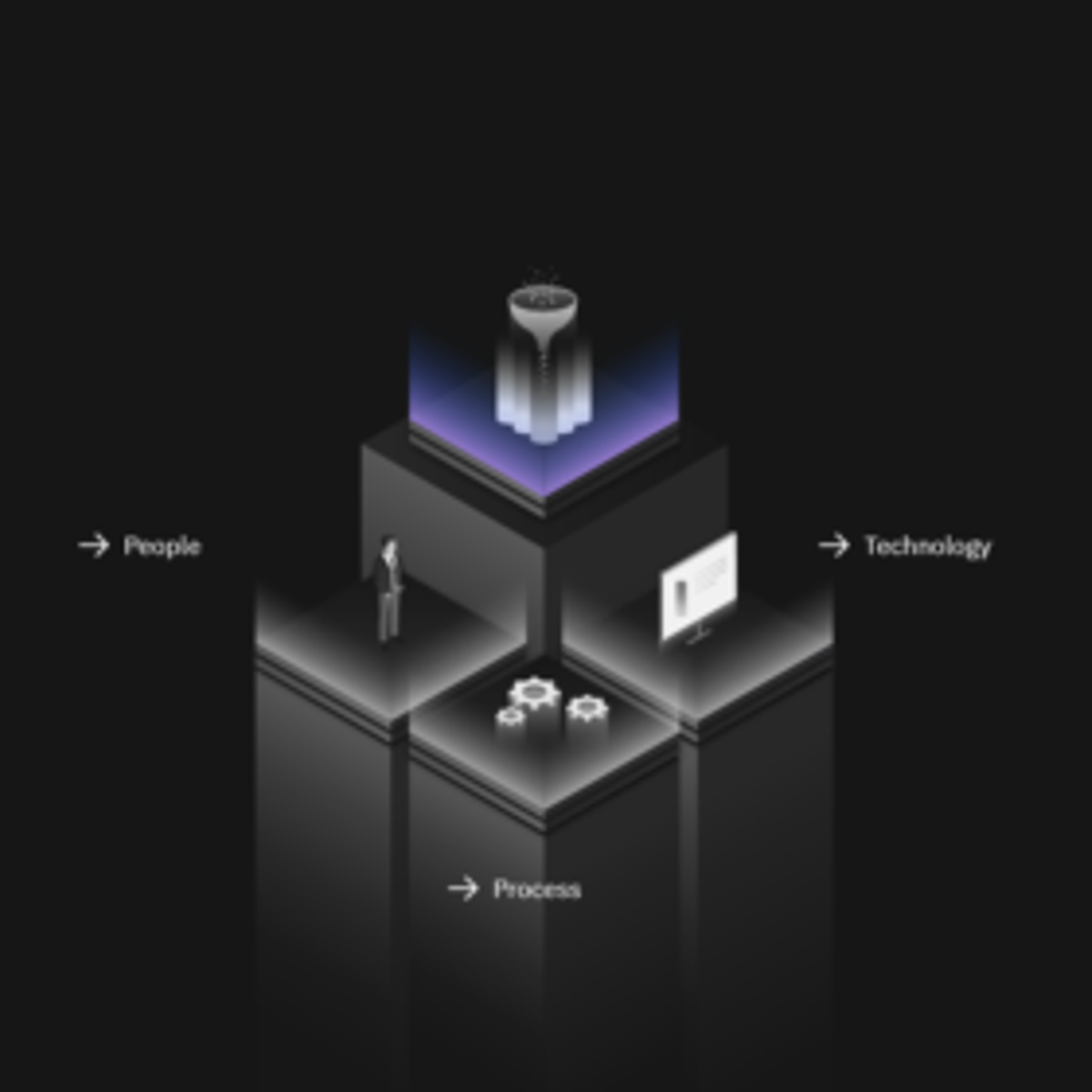
Software Development Courses - Page 88
Showing results 871-880 of 1266

Bike Rental Sharing Demand Prediction with Machine Learning
In this 1-hour long project-based course, you will learn how to predict bike sharing demand with machine learning. Bike sharing services enable people to rent a bike from one location and drop it off at another location on an as-needed basis. The objective of this guided project is to predict bike sharing rental usage based on inputs such as temperature, season, humidity, wind speed.
Note: This course works best for learners who are based in the North America region. We’re currently working on providing the same experience in other regions.

Intermediate Intel® Distribution of OpenVINO™ toolkit for Deep Learning Applications
This course is designed for application developers who wants to deploy computer vision inference workloads using the Intel® Distribution of OpenVINOTM toolkit. The course looks at computer vision neural network models from a variety of popular machine learning frameworks and covers writing a portable application capable of deploying inference on a range of compute devices.
The course is targeted for application developers, and places focus on examples and discussion of the development workflow. As such, the discussions include not only the details about how to use the toolkit itself, but topics like how to take benchmarks to compare compute devices or what to do when you encounter issues. The course is made so that it serves as a how-to guide for developing a computer vision inference deployment with the toolkit. By the end of the course, students will have the skillset necessary to deploy their own computer vision application using the toolkit.

Fashion Image Classification using CNNs in Pytorch
In this 1-hour long project-based course, you will learn how to create Neural Networks in the Deep Learning Framework PyTorch. We will creating a Convolutional Neural Network for a 10 Class Image Classification problem which can be extended to more classes. We will start off by looking at how perform data preparation and Augmentation in Pytorch.
We will be building a Neural Network in Pytorch. We will add the Convolutional Layers as well as Linear Layers. We will then look at how to add optimizer and train the model. Finally, we will test and evaluate our model on test data.
The project will get you introduced with Pytorch. You will in the end understand how the framework works and get you started with building Neural Networks in Pytorch.
Note: This course works best for learners who are based in the North America region. We’re currently working on providing the same experience in other regions.

C++ Basic Structures: Vectors, Pointers, Strings, and Files
Code and run your first C++ program in minutes without installing anything!
This course is designed for learners with limited coding experience, providing a solid foundation of not just C++, but core Computer Science topics that can be transferred to other languages. The modules in this course cover vectors, pointers, strings, and files. Completion of C++ Basics: Selection and Iteration before taking this course is recommended.
To allow for a truly hands-on, self-paced learning experience, this course is video-free. Assignments contain short explanations with images and runnable code examples with suggested edits to explore code examples further, building a deeper understanding by doing. You'll benefit from instant feedback from a variety of assessment items along the way, gently progressing from quick understanding checks (multiple choice, fill in the blank, and un-scrambling code blocks) to small, approachable coding exercises that take minutes instead of hours.

Introduction to Java as a Second Language
This course is meant to be an introduction to Java as a second language, if you are familiar with any computer programming language. It could be shell scripting, knowledge of older Java versions, JavaScript, etc. This course will allow you to quickly pick up the Java programming language. You will learn Java Object Orientation, and see the parallels with other programming paradigms.
This is course 1 of a 3 course Specialization titled Java as a Second Language. It assumes that you know some programming and want to transfer that knowledge into learning Java.
Lab exercises will be performed using your system and Java installation. The instructor will guide you through setting up and configuring your environment and working through the labs. Java can be installed on just about any type of computer, but the instructor will demonstrate the installation on a Windows system.

Data Analysis and Representation, Selection and Iteration
This course is the second course in the specialization exploring both computational thinking and beginning C programming. Rather than trying to define computational thinking, we’ll just say it’s a problem-solving process that includes lots of different components. Most people have a better understanding of what beginning C programming means!
This course assumes you have the prerequisite knowledge from the previous course in the specialization. You should make sure you have that knowledge, either by taking that previous course or from personal experience, before tackling this course. The required prerequisite knowledge is listed below.
Prerequisite computational thinking knowledge: Algorithms and procedures, data collection
Prerequisite C knowledge: Data types, variables, constants, and STEM computations
Throughout this course you'll learn about data analysis and data representation, which are computational thinking techniques that help us understand what sets of data have to tell us. For the programming topics, you'll continue building on your C knowledge by implementing selection, which lets us decide which code to execute, and iteration (or looping), which lets us repeat chunks of code multiple times.
Module 1: Learn about some common statistics we can calculate as we analyze sets of data
Module 2: Discover how we make decisions in our code
Module 3: Explore the various ways we can represent sets of data
Module 4: Use iteration (looping) to repeat actions in your code

AWS Cloud Practitioner Essentials
Welcome to AWS Cloud Practitioner Essentials. If you’re new to the cloud, whether you’re in a technical or non-technical role such as finance, legal, sales, marketing, this course will provide you with an understanding of fundamental AWS Cloud concepts to help you gain confidence to contribute to your organization’s cloud initiatives. This course is also the starting point to prepare for your AWS Certified Cloud Practitioner certification whenever it’s convenient for you.
After you complete the course, you’ll understand the benefits of the AWS Cloud and the basics of its global infrastructure. You’ll be able to describe and provide an example of the core AWS services, including compute, network, databases, and storage. For the finance-minded, you’ll be able to articulate the financial benefits of the AWS Cloud, define core billing and pricing models, and learn how to use pricing tools to make cost-effective choices for AWS services.

Security Best Practices in Google Cloud
This self-paced training course gives participants broad study of security controls and techniques on Google Cloud. Through recorded lectures, demonstrations, and hands-on labs, participants explore and deploy the components of a secure Google Cloud solution, including Cloud Storage access control technologies, Security Keys, Customer-Supplied Encryption Keys, API access controls, scoping, shielded VMs, encryption, and signed URLs. It also covers securing Kubernetes environments.

Applications of Software Architecture for Big Data
The course is intended for individuals who want to build a production-quality software system that leverages big data.
You will apply the basics of software engineering and architecture to create a production-ready distributed system that handles big data. You will build data intensive, distributed system, composed of loosely coupled, highly cohesive applications.
Applications of Software Architecture for Big Data can be taken for academic credit as part of CU Boulder’s Master of Science in Data Science (MS-DS) degree offered on the Coursera platform. The MS-DS is an interdisciplinary degree that brings together faculty from CU Boulder’s departments of Applied Mathematics, Computer Science, Information Science, and others. With performance-based admissions and no application process, the MS-DS is ideal for individuals with a broad range of undergraduate education and/or professional experience in computer science, information science, mathematics, and statistics. Learn more about the MS-DS program at https://www.coursera.org/degrees/master-of-science-data-science-boulder.

DataOps Methodology
DataOps is defined by Gartner as "a collaborative data management practice focused on improving the communication, integration and automation of data flows between data managers and consumers across an organization. Much like DevOps, DataOps is not a rigid dogma, but a principles-based practice influencing how data can be provided and updated to meet the need of the organization’s data consumers.”
The DataOps Methodology is designed to enable an organization to utilize a repeatable process to build and deploy analytics and data pipelines. By following data governance and model management practices they can deliver high-quality enterprise data to enable AI. Successful implementation of this methodology allows an organization to know, trust and use data to drive value.
In the DataOps Methodology course you will learn about best practices for defining a repeatable and business-oriented framework to provide delivery of trusted data. This course is part of the Data Engineering Specialization which provides learners with the foundational skills required to be a Data Engineer.
Popular Internships and Jobs by Categories
Browse
© 2024 BoostGrad | All rights reserved


